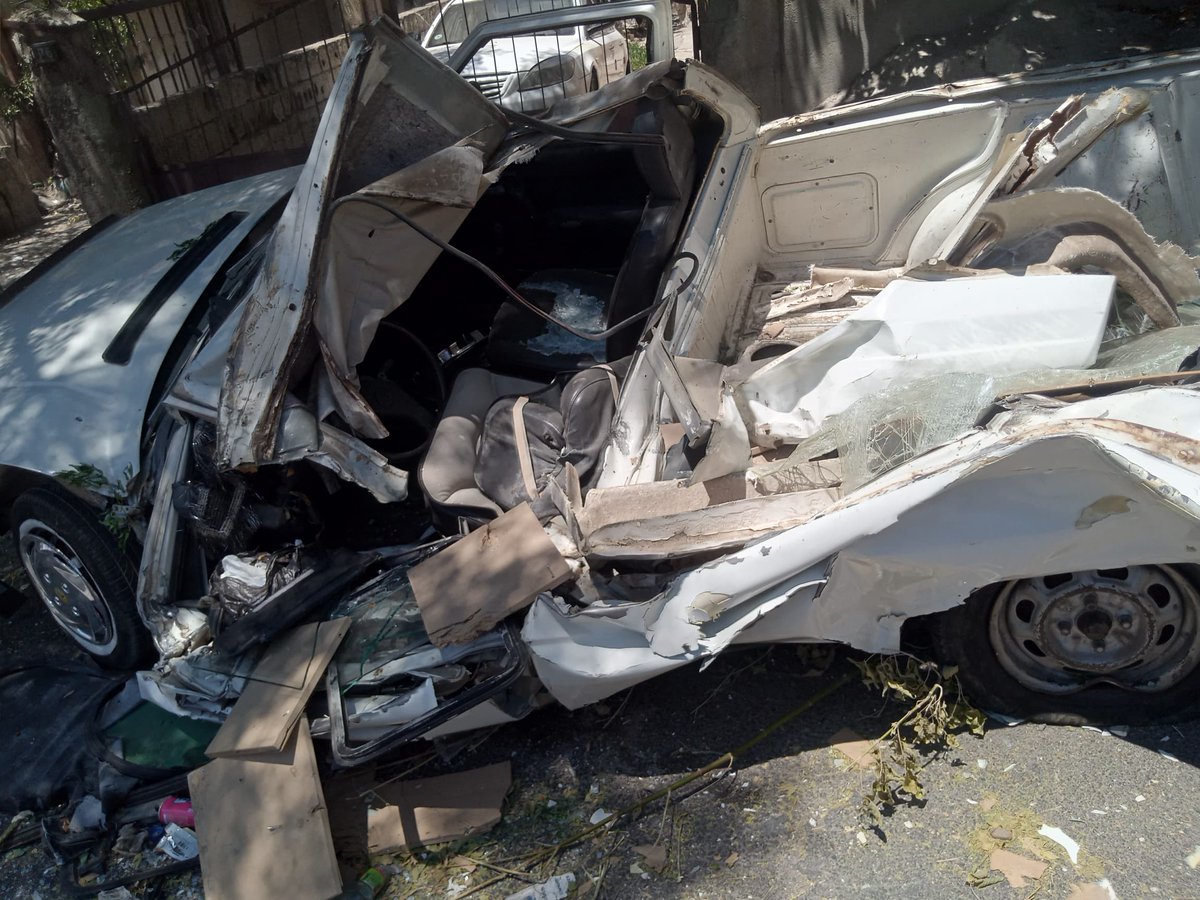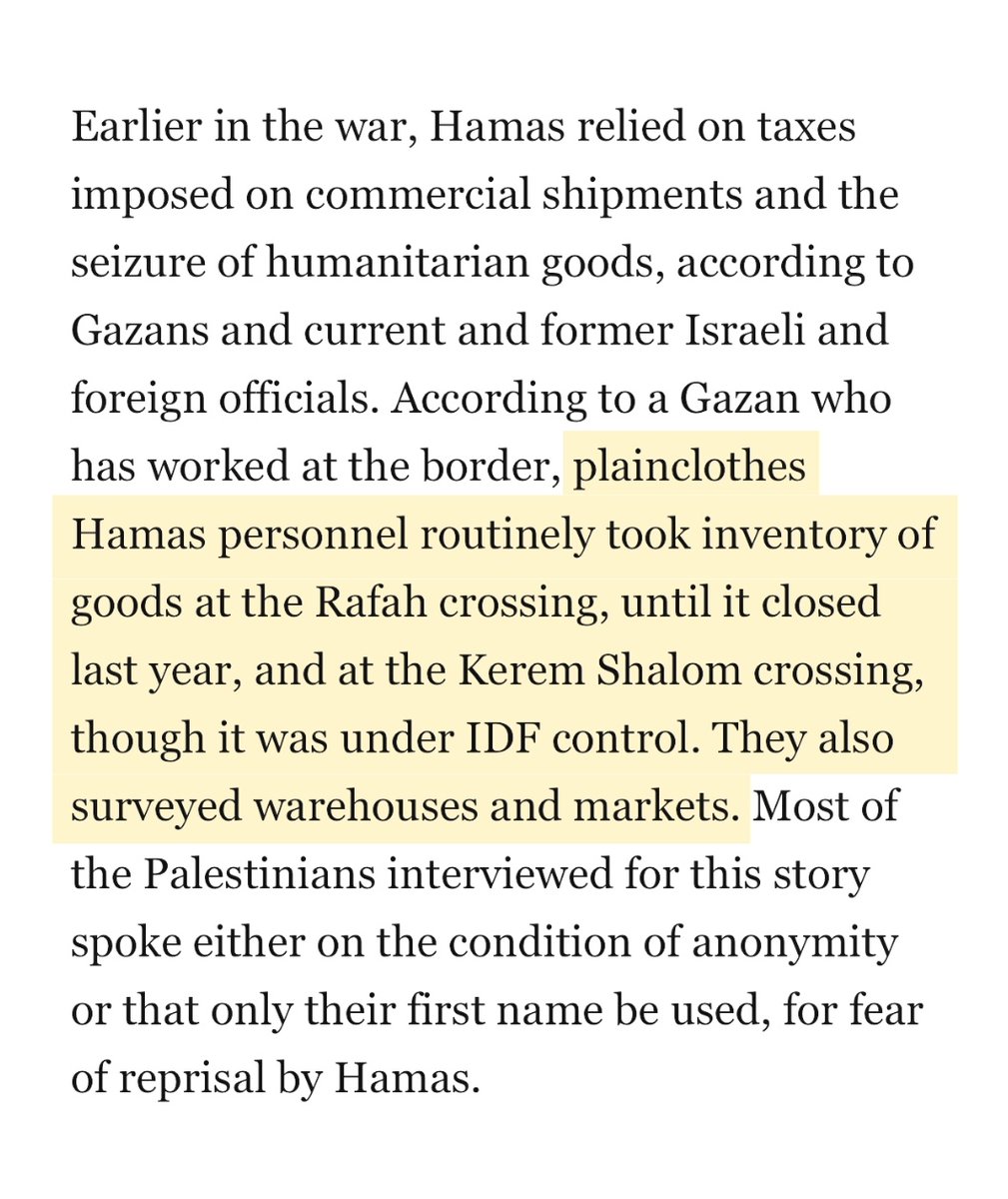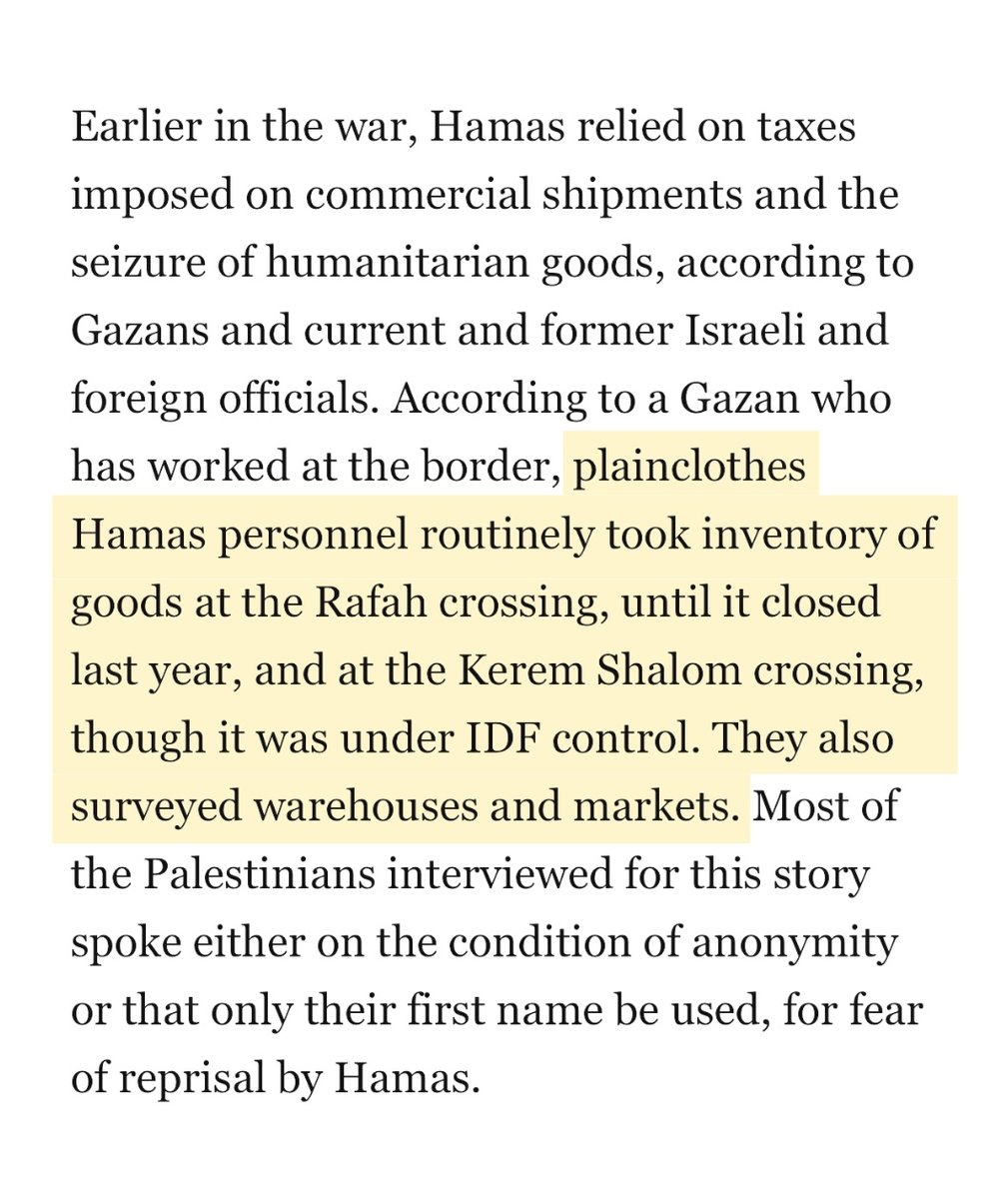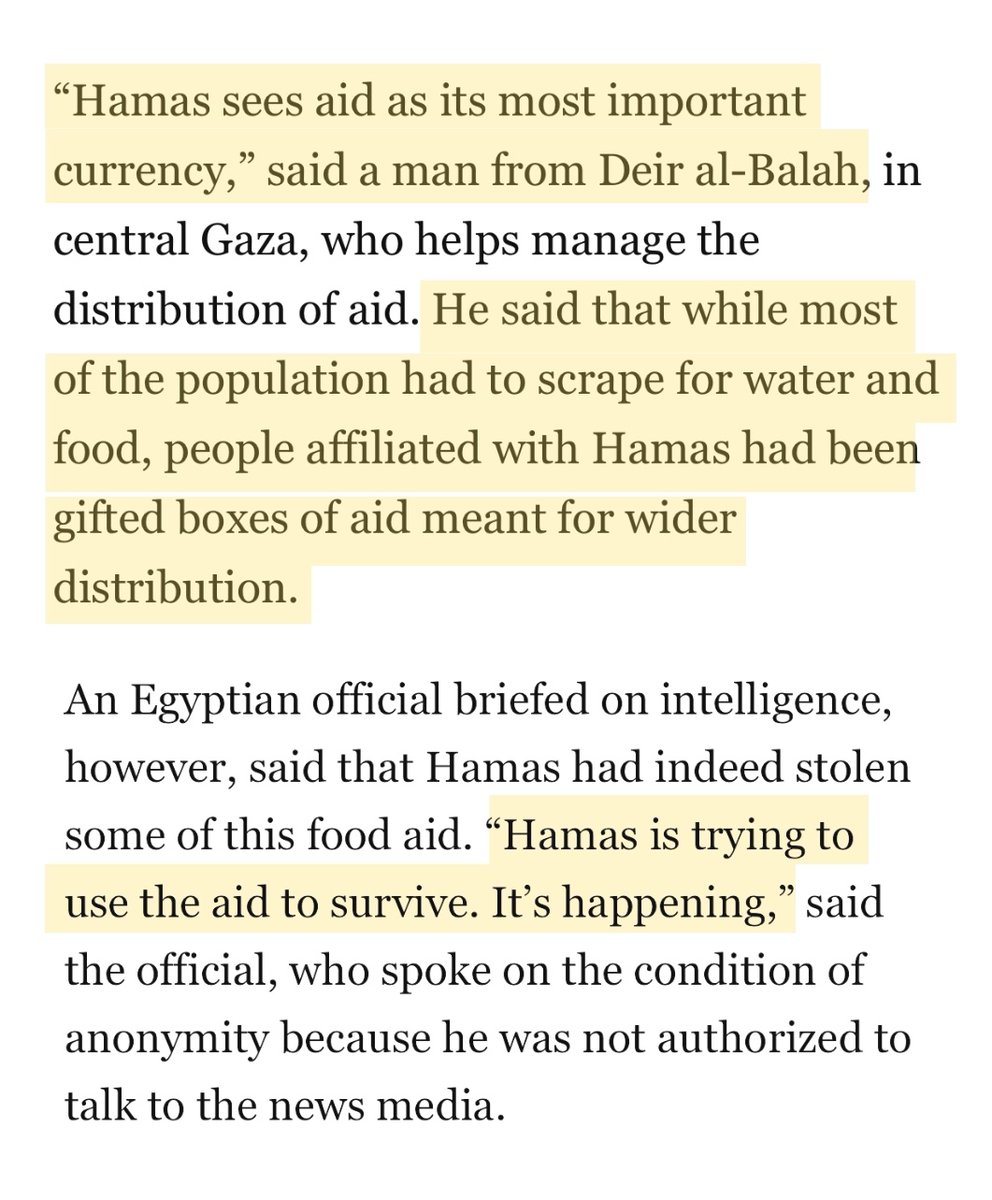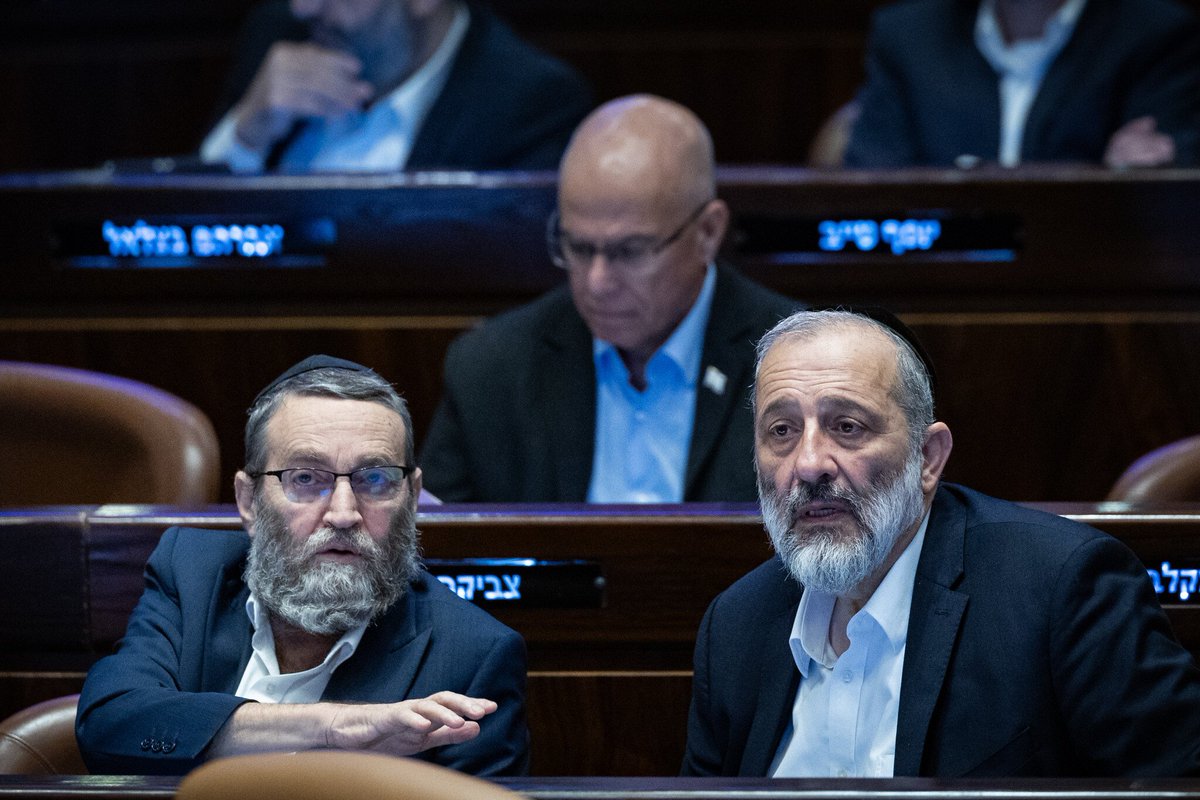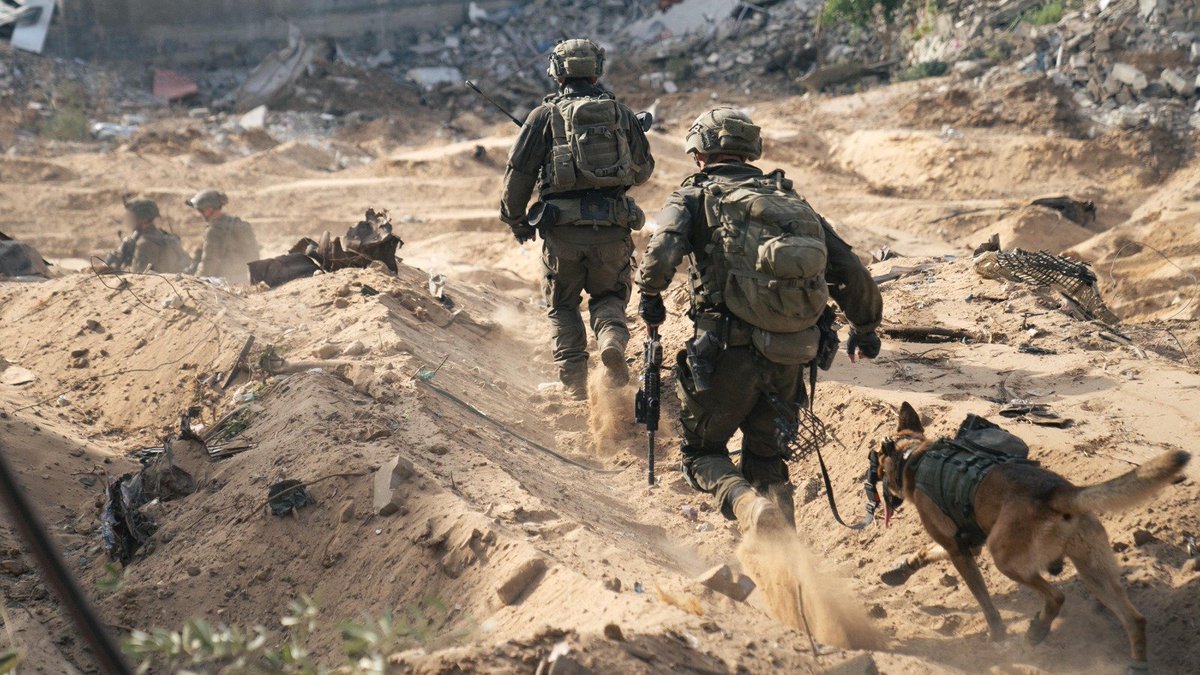🧵1/10
In a scathing June 19, 2025 editorial, the Palestinian Authority’s Al-Hayat Al-Jadida accused Hamas of murdering Gaza civilians seeking humanitarian aid from U.S.-backed distribution centers.
By ; @MEMRIReports
#Gaza #Hamas
In a scathing June 19, 2025 editorial, the Palestinian Authority’s Al-Hayat Al-Jadida accused Hamas of murdering Gaza civilians seeking humanitarian aid from U.S.-backed distribution centers.
By ; @MEMRIReports
#Gaza #Hamas
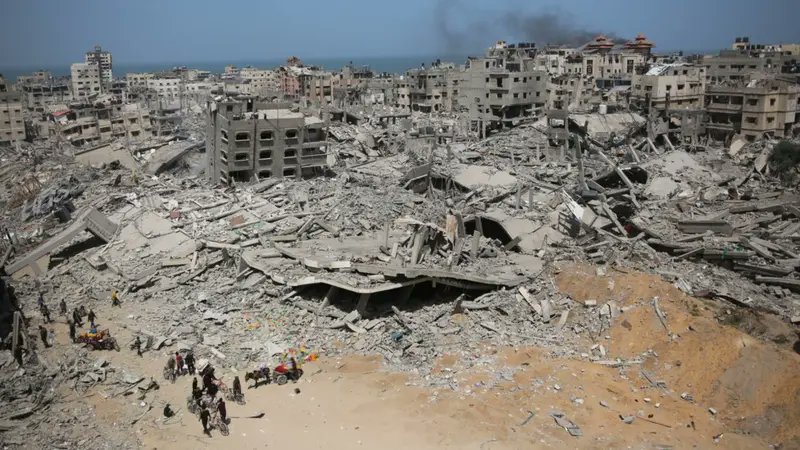
2/10
According to the report, Hamas’ Al-Sahm Unit acts as a "death squad," hunting down and executing those who attempt to reach aid centers—accusing them of “collaboration” with Israel and the U.S.
According to the report, Hamas’ Al-Sahm Unit acts as a "death squad," hunting down and executing those who attempt to reach aid centers—accusing them of “collaboration” with Israel and the U.S.
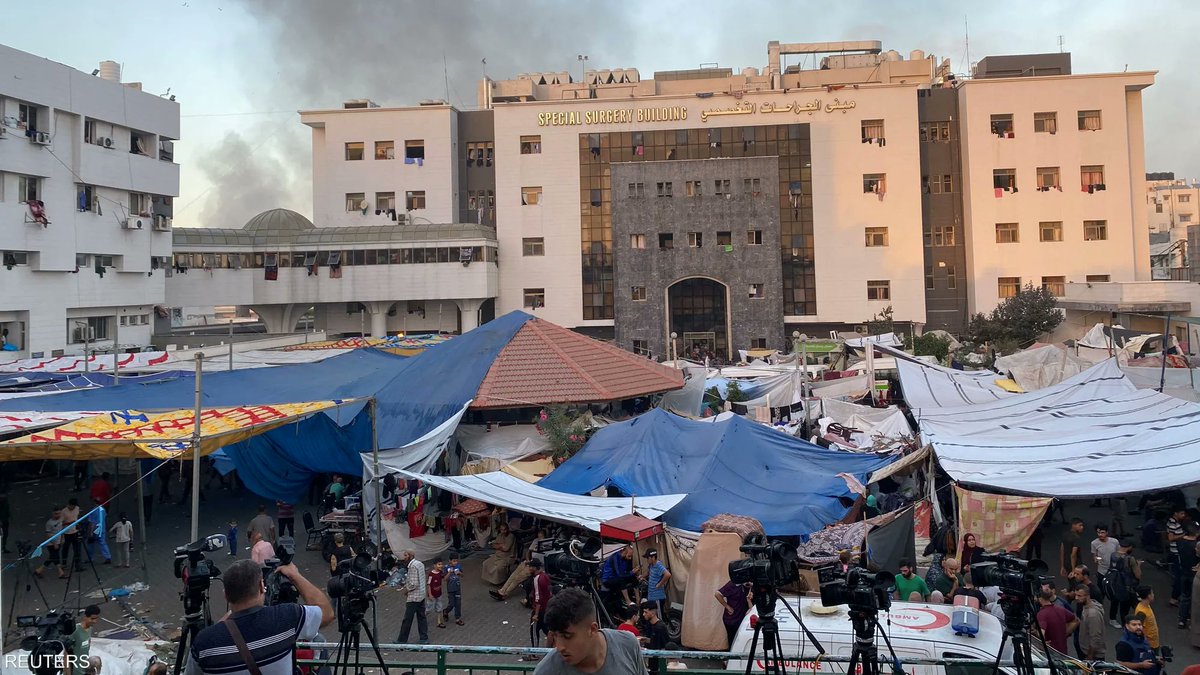
3/10
The editorial claimed that Hamas wants to maintain full control over food distribution in Gaza, stealing aid and reselling it on the black market—leaving starving civilians at the mercy of militants.
The editorial claimed that Hamas wants to maintain full control over food distribution in Gaza, stealing aid and reselling it on the black market—leaving starving civilians at the mercy of militants.

4/10
Testimonies from Gazans were shared. One chilling account came from Hiba Al-Mishal, who said her brother Osama was gunned down by Hamas gunmen as he traveled to get food.
Testimonies from Gazans were shared. One chilling account came from Hiba Al-Mishal, who said her brother Osama was gunned down by Hamas gunmen as he traveled to get food.

5/10
According to her, Hamas militants stopped a bus carrying Osama and others, dragged them off, shot them, and then blocked medical treatment—leading to their deaths. She called for justice, not revenge.
According to her, Hamas militants stopped a bus carrying Osama and others, dragged them off, shot them, and then blocked medical treatment—leading to their deaths. She called for justice, not revenge.

6/10
Other Gaza families, like the Shahin and Al-Hilou families, also claimed Hamas murdered their loved ones under false accusations of “collaboration.” These are not isolated incidents.
Other Gaza families, like the Shahin and Al-Hilou families, also claimed Hamas murdered their loved ones under false accusations of “collaboration.” These are not isolated incidents.

7/10
The editorial stressed: Even if Hamas' claims were true, no one should be executed without trial. These are extrajudicial killings—meant only to preserve Hamas’ grip on power.
The editorial stressed: Even if Hamas' claims were true, no one should be executed without trial. These are extrajudicial killings—meant only to preserve Hamas’ grip on power.

8/10
The paper warned that Hamas’ so-called “Al-Sahm Unit” has turned Gaza into a lawless zone, where searching for a sack of flour can cost you your life. #GazaCrisis
The paper warned that Hamas’ so-called “Al-Sahm Unit” has turned Gaza into a lawless zone, where searching for a sack of flour can cost you your life. #GazaCrisis

9/10
It concluded: “This is not just Israel’s doing—Hamas too is complicit in this industry of death, hunting down the hungry to protect its black-market control.”
It concluded: “This is not just Israel’s doing—Hamas too is complicit in this industry of death, hunting down the hungry to protect its black-market control.”

10/10
The piece called for justice, rule of law, and dignity for starving Palestinians—who are caught between the Israeli siege and Hamas’ brutal authoritarianism. #HumanRights #GazaUnderFire
The piece called for justice, rule of law, and dignity for starving Palestinians—who are caught between the Israeli siege and Hamas’ brutal authoritarianism. #HumanRights #GazaUnderFire

• • •
Missing some Tweet in this thread? You can try to
force a refresh



